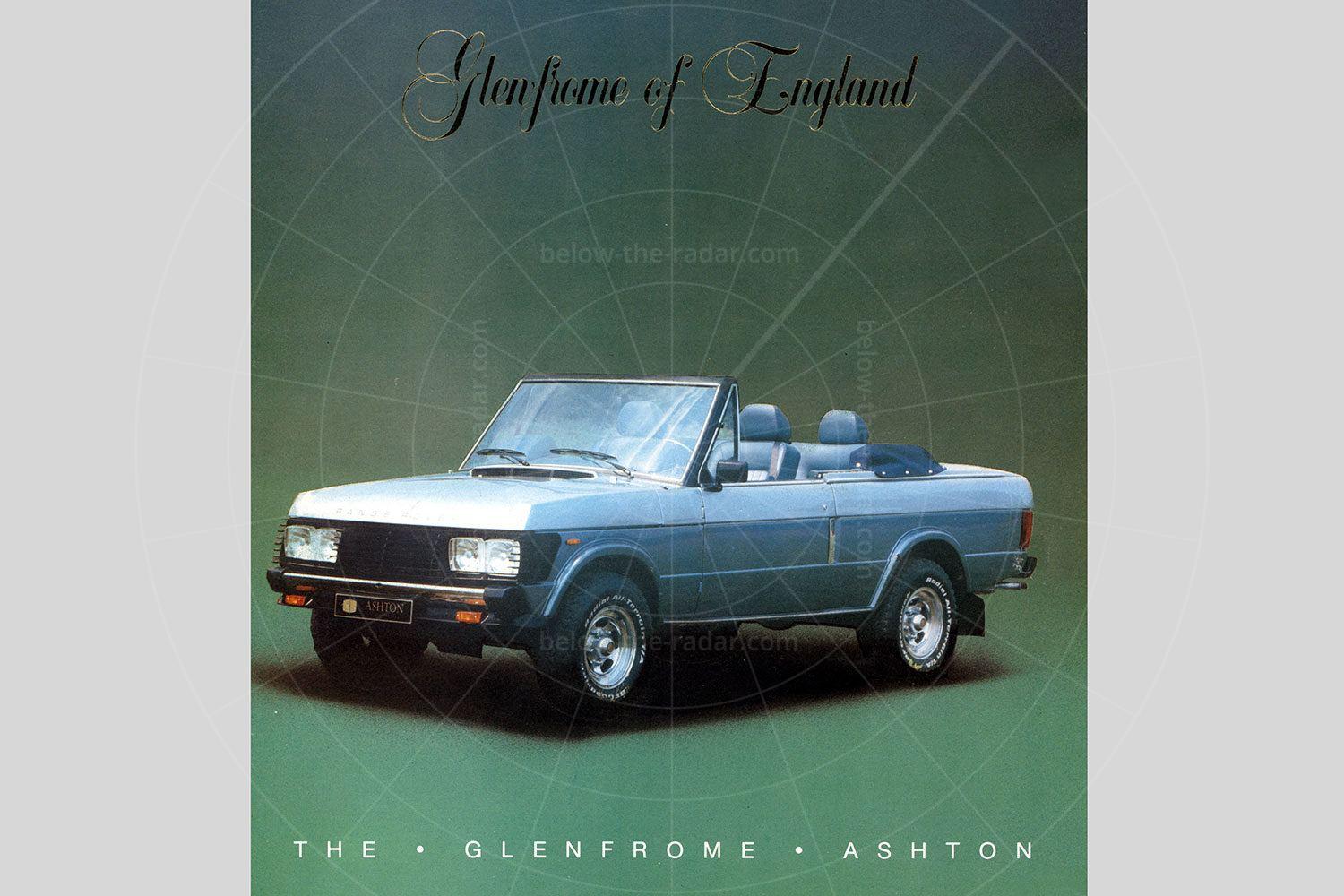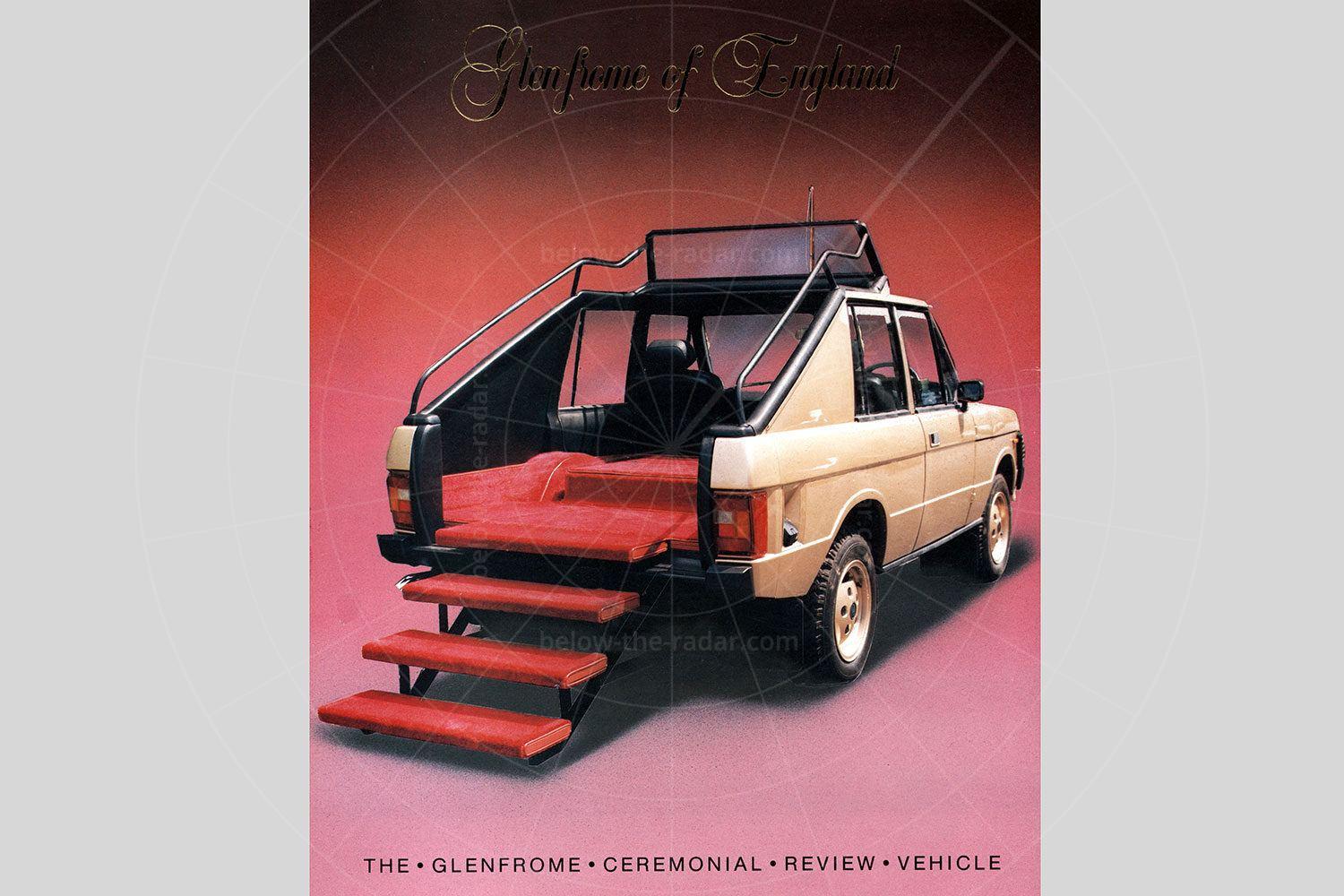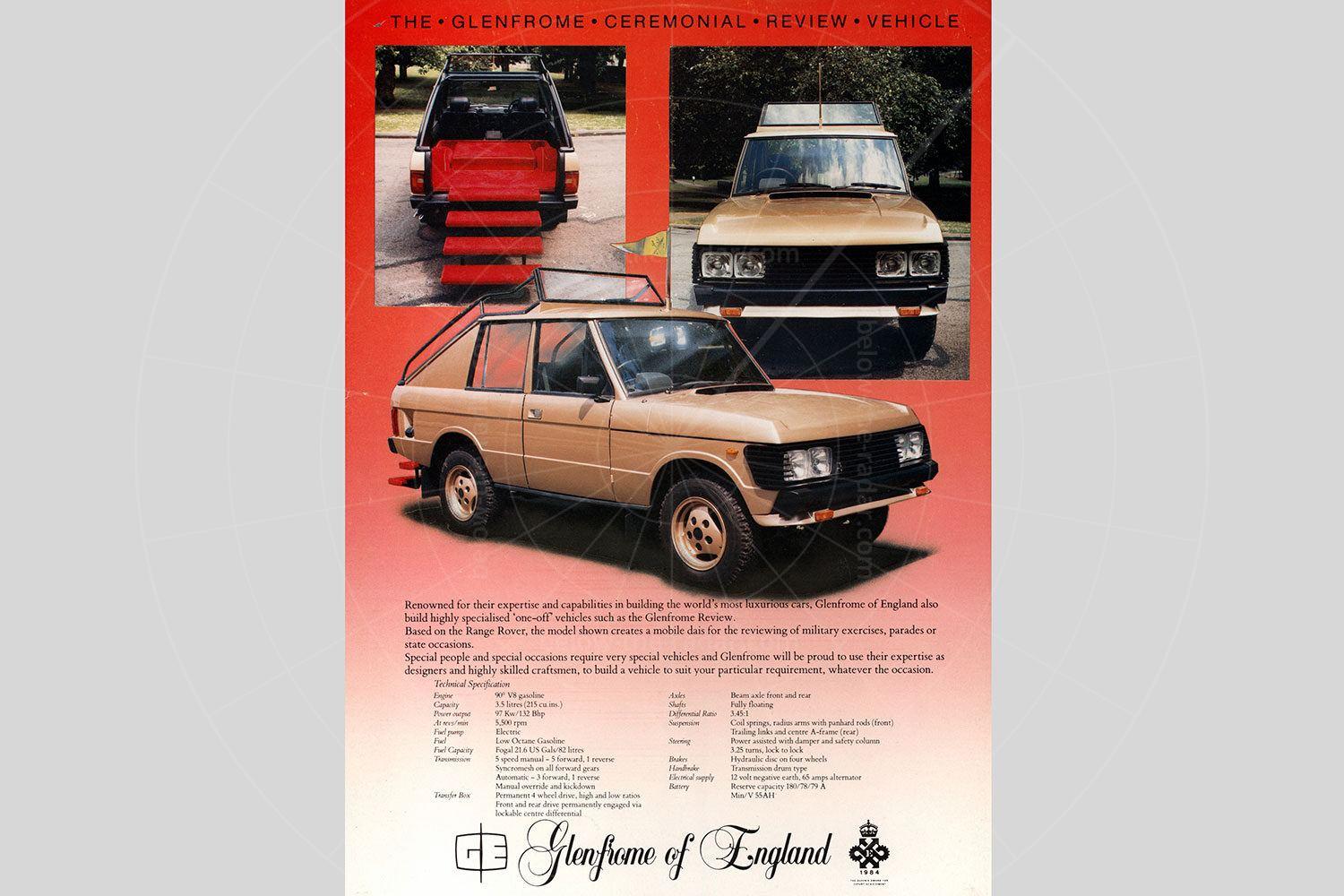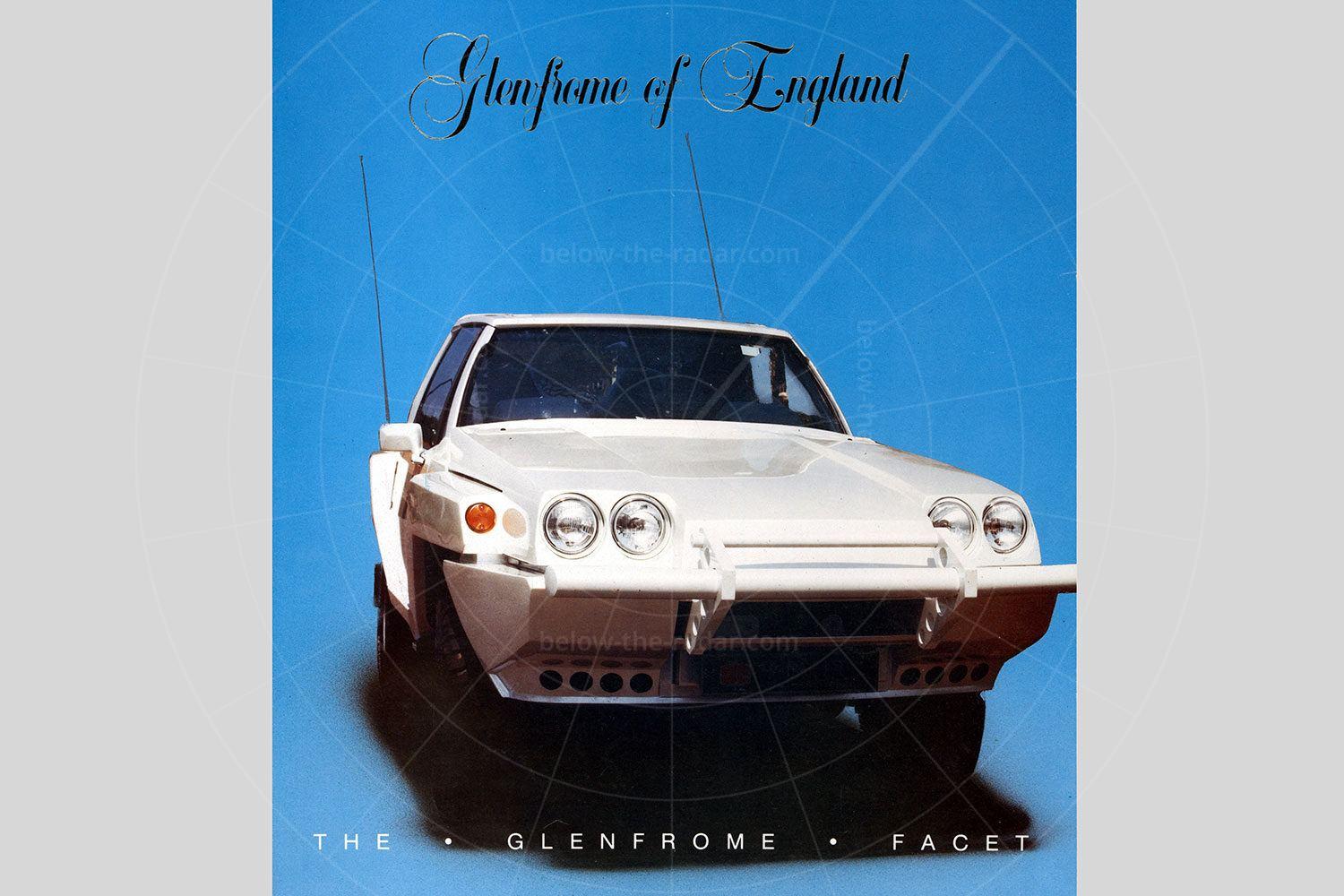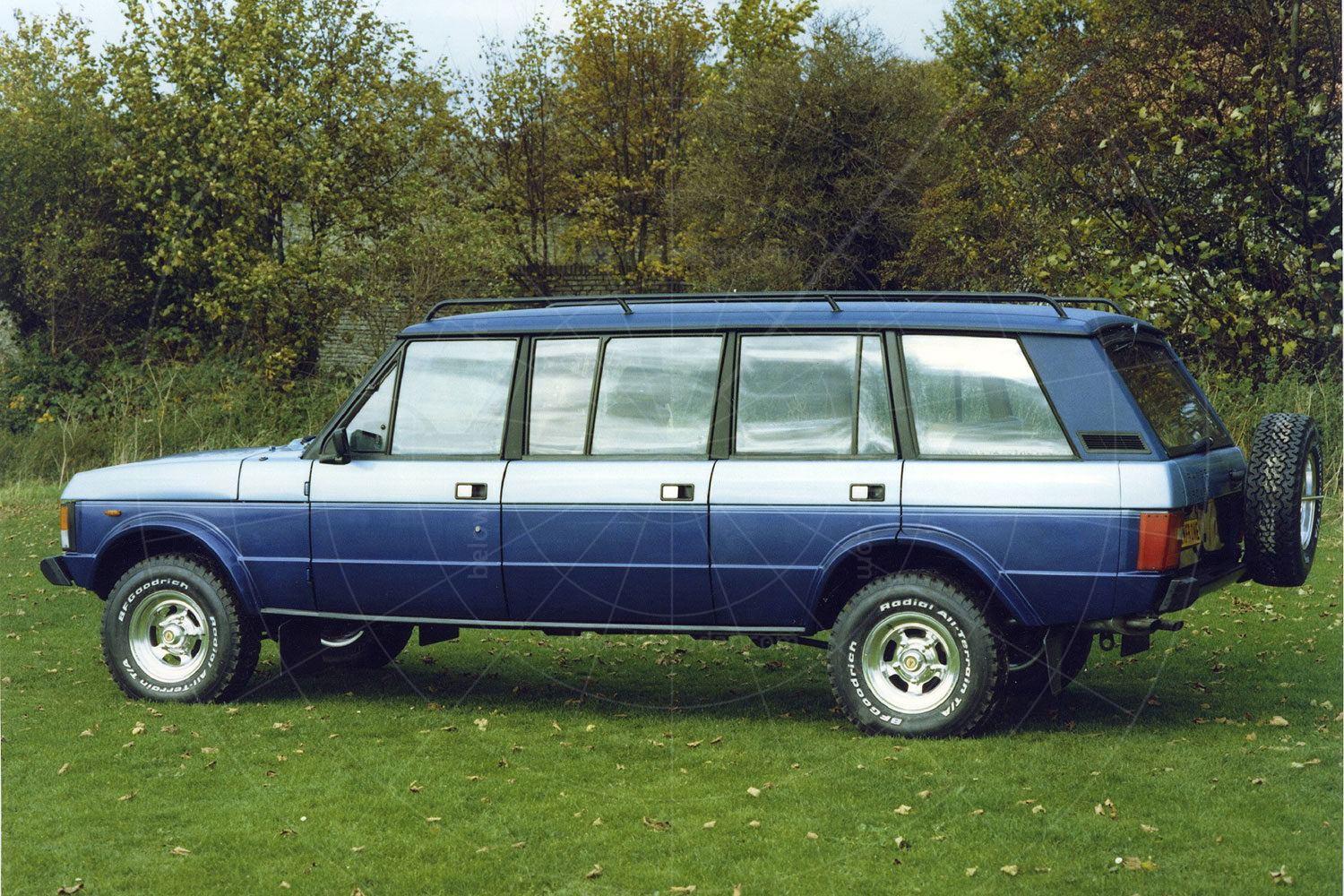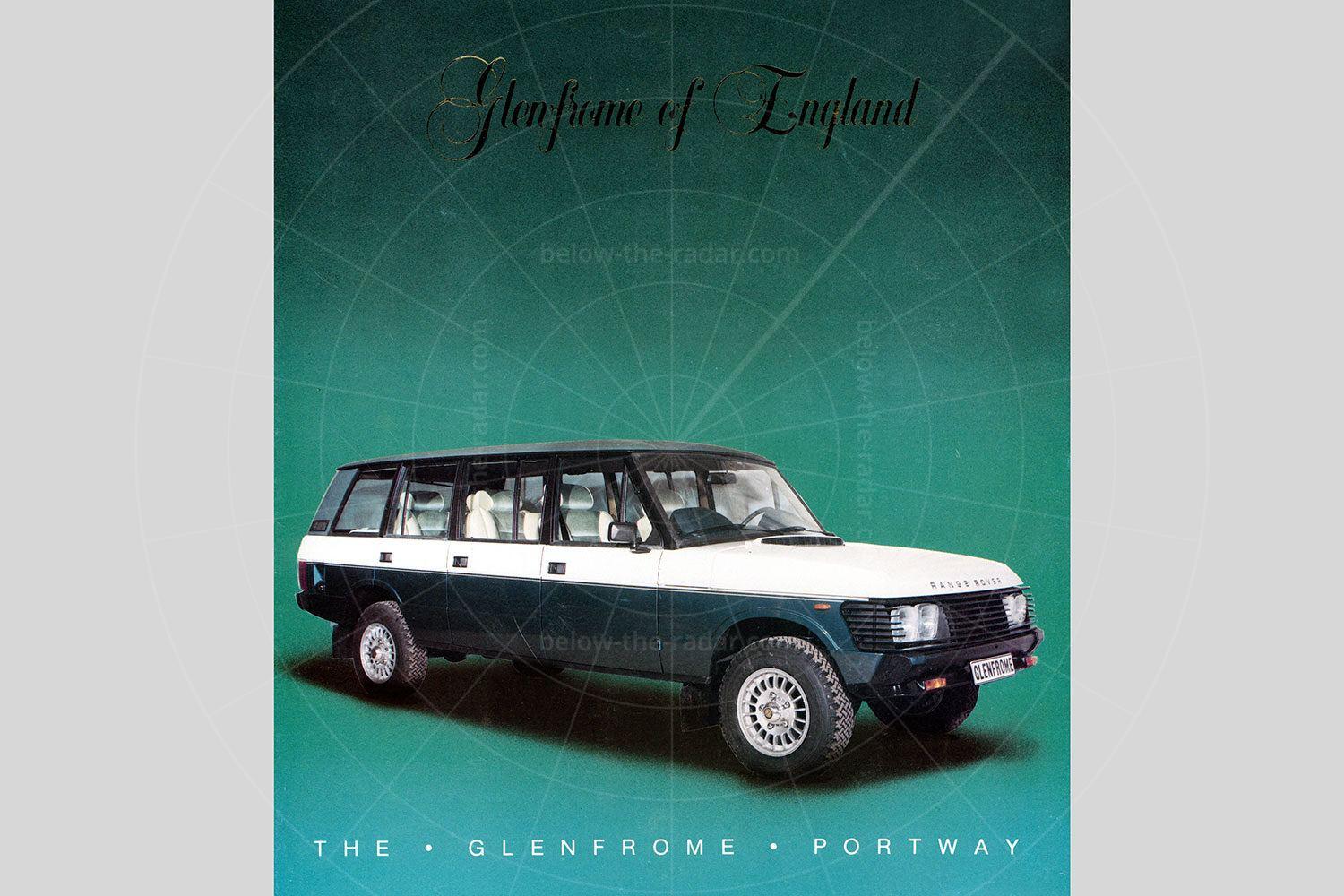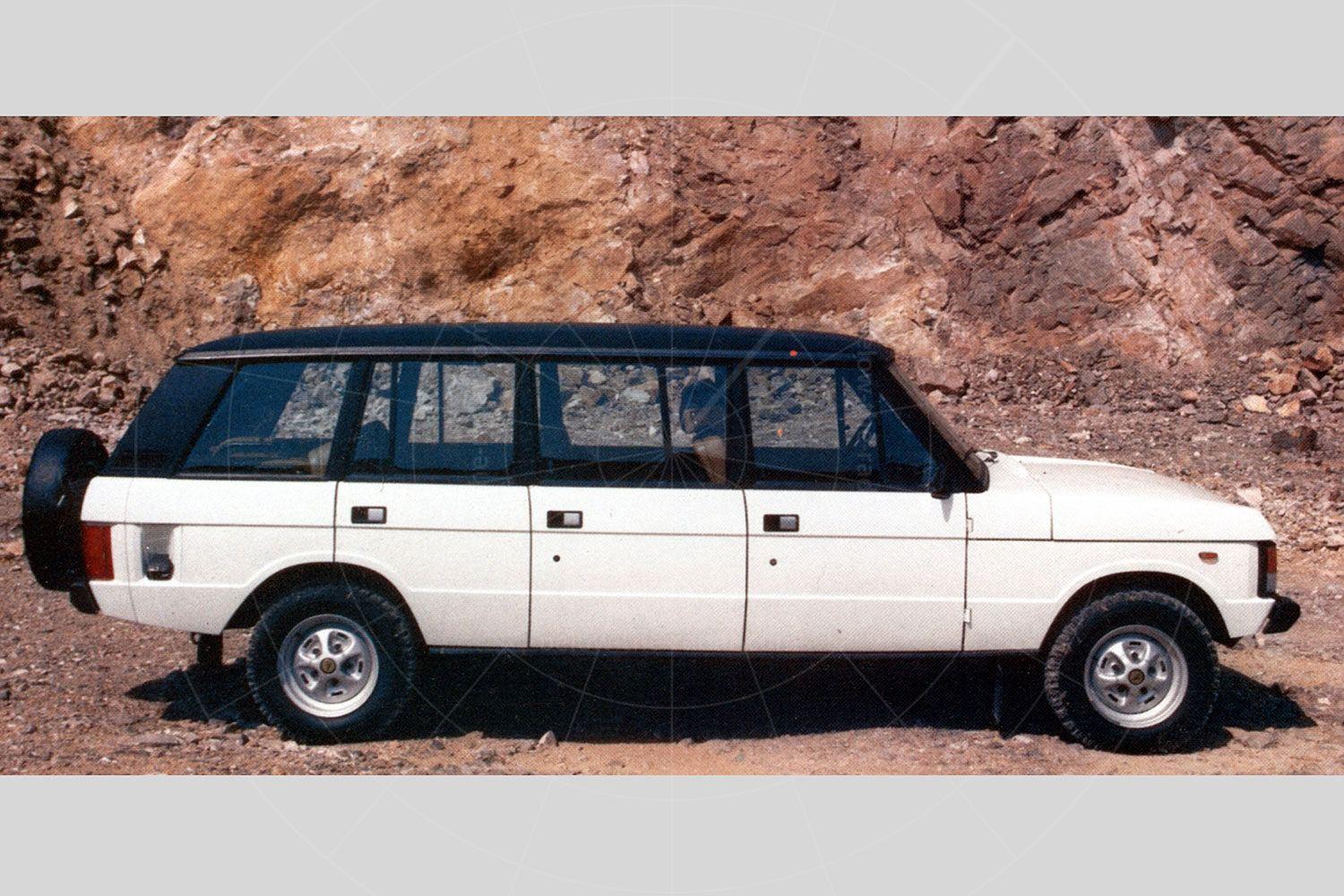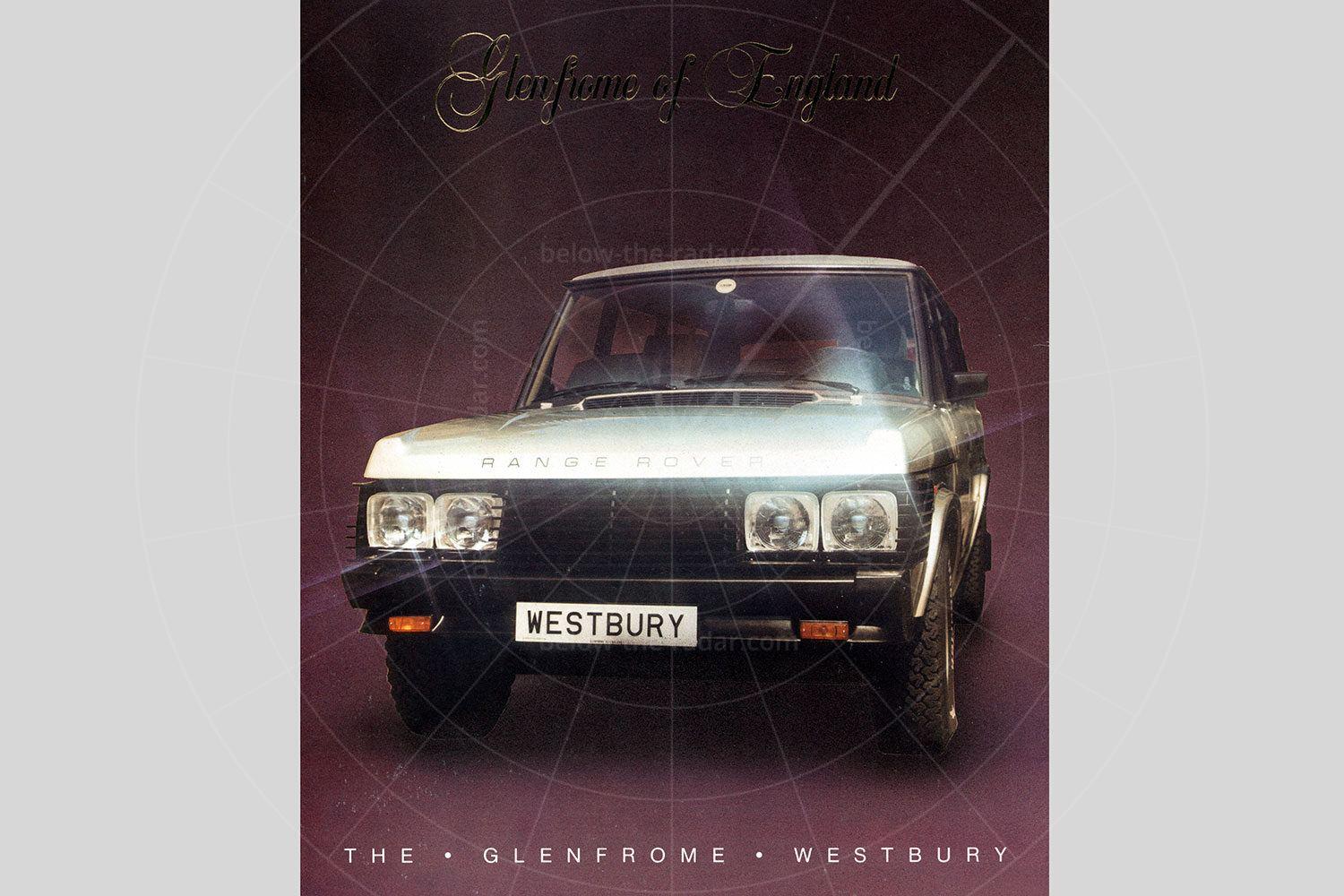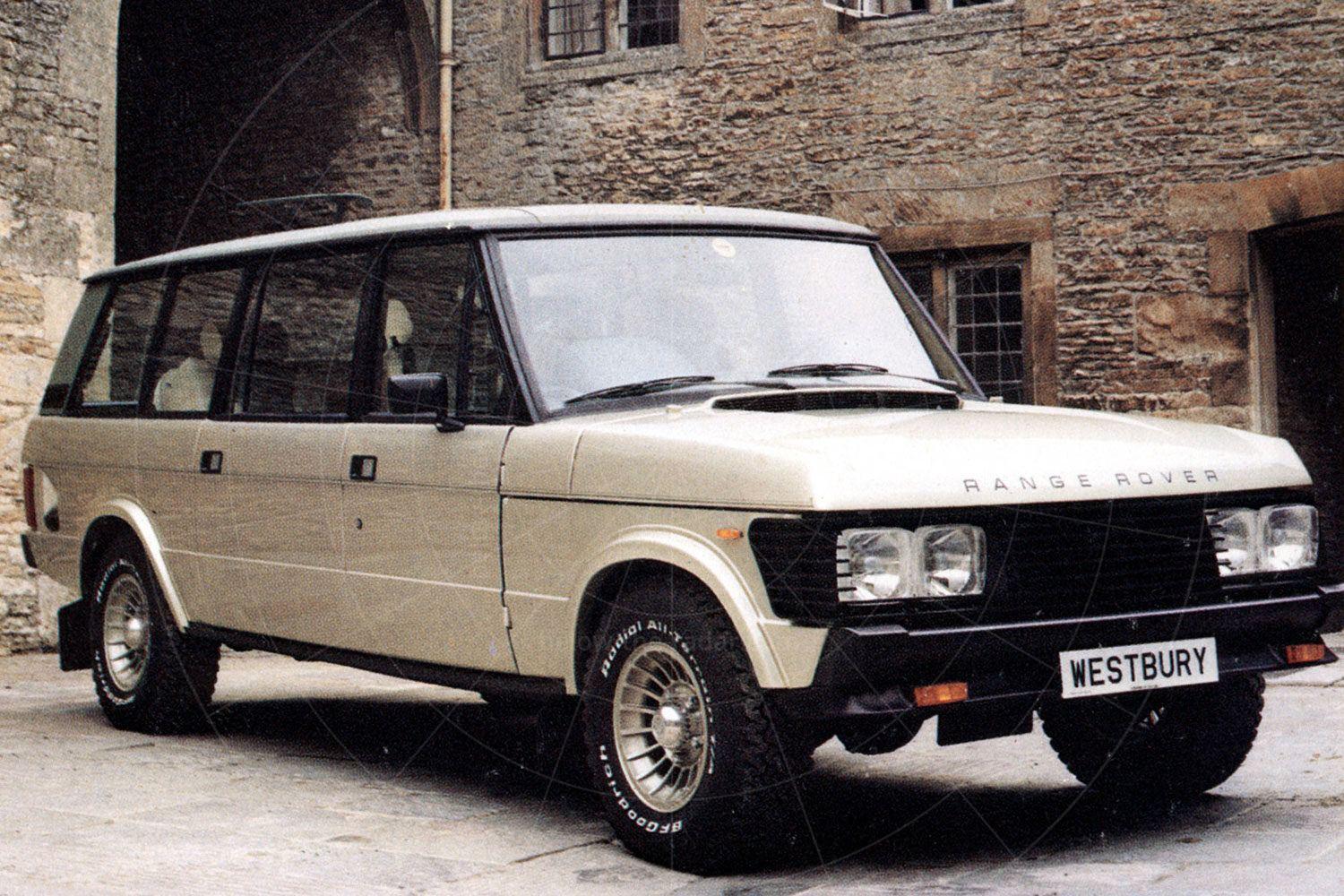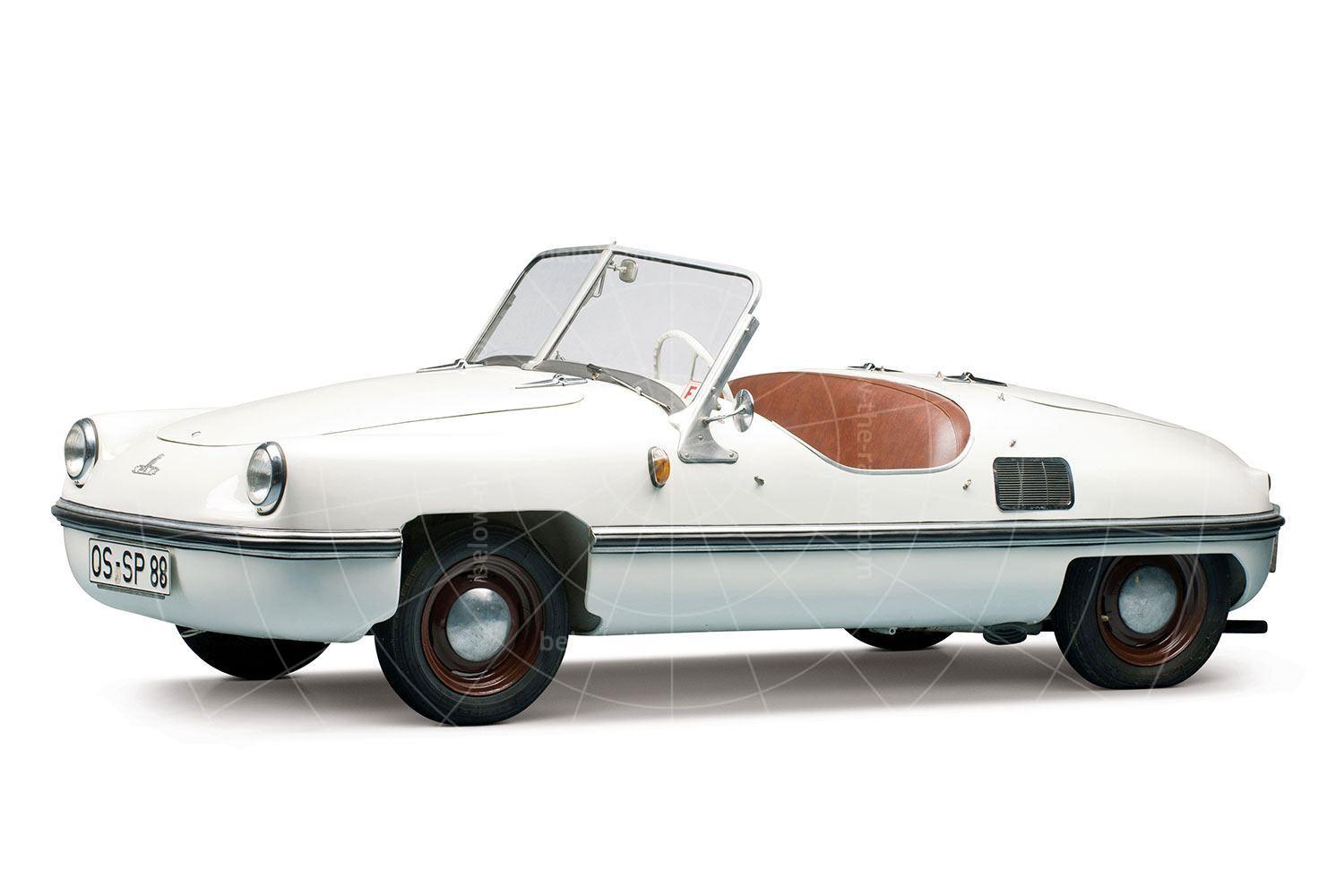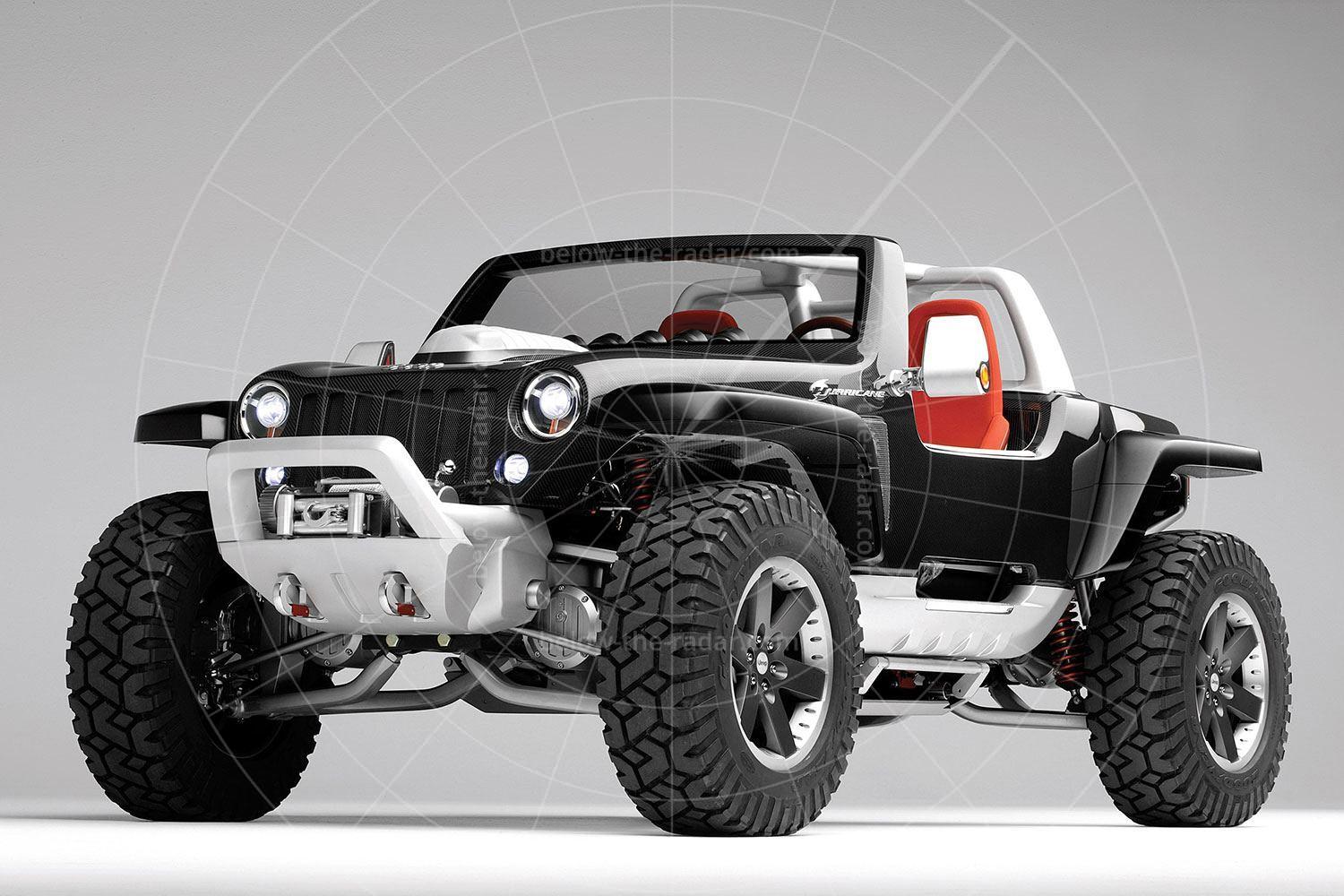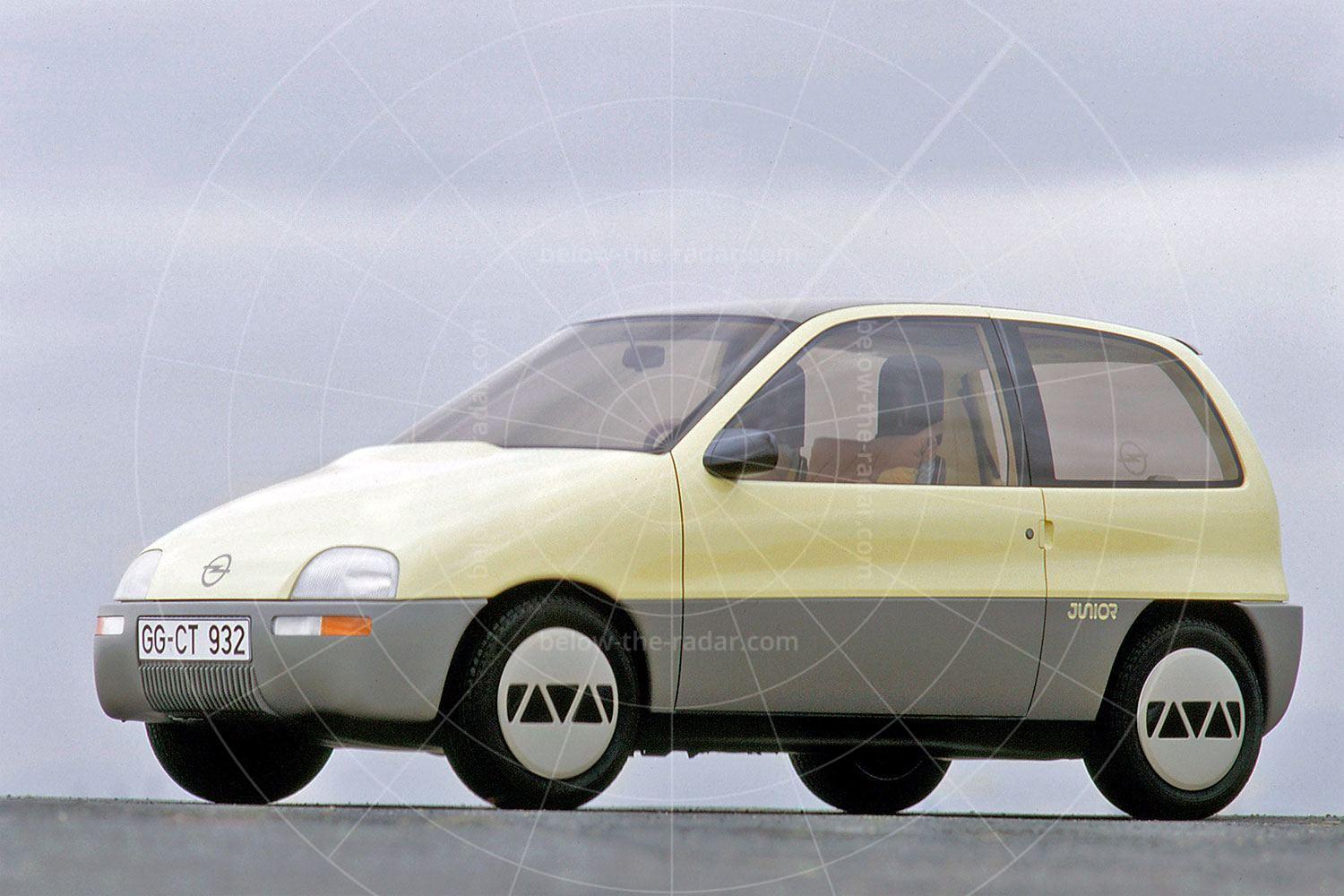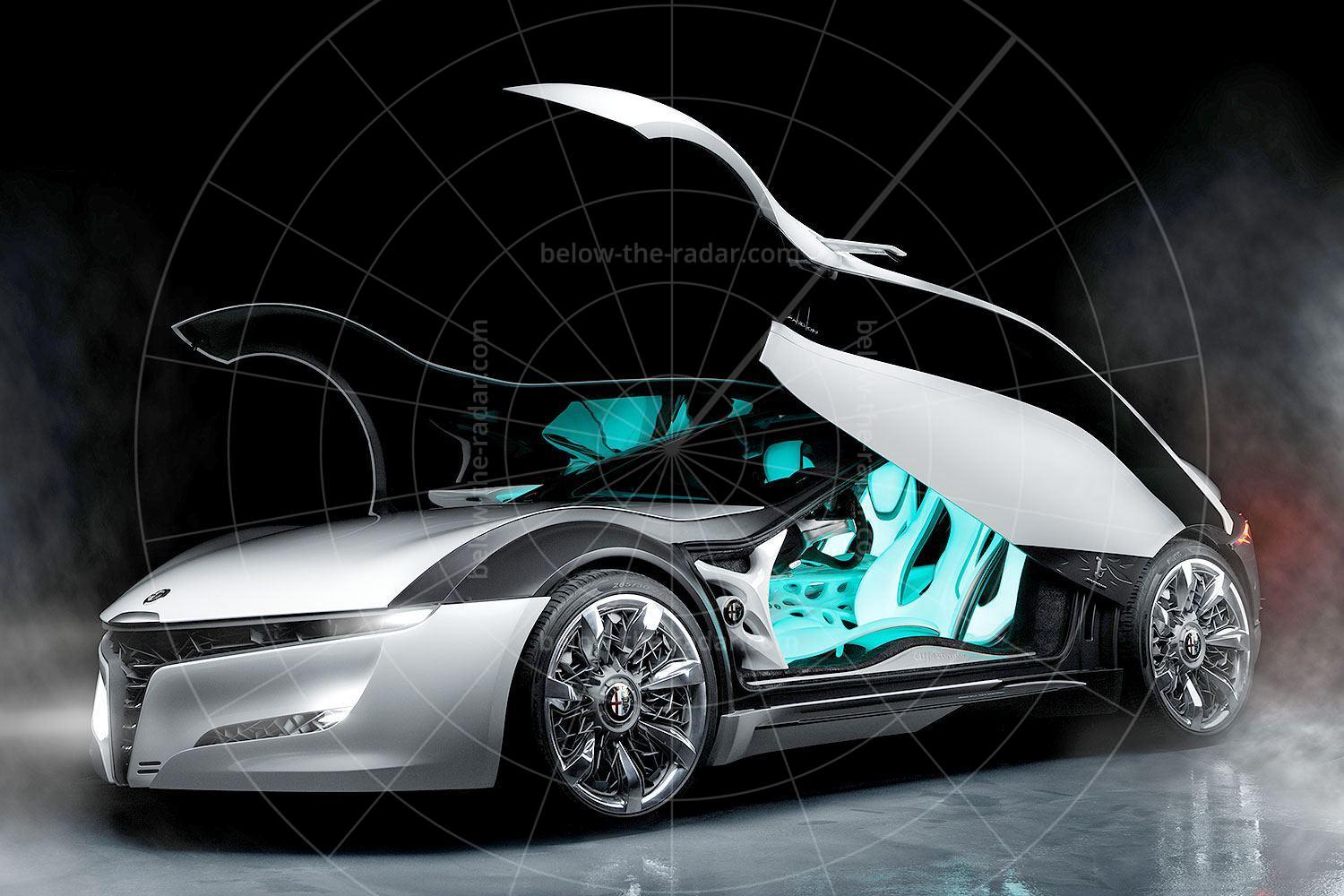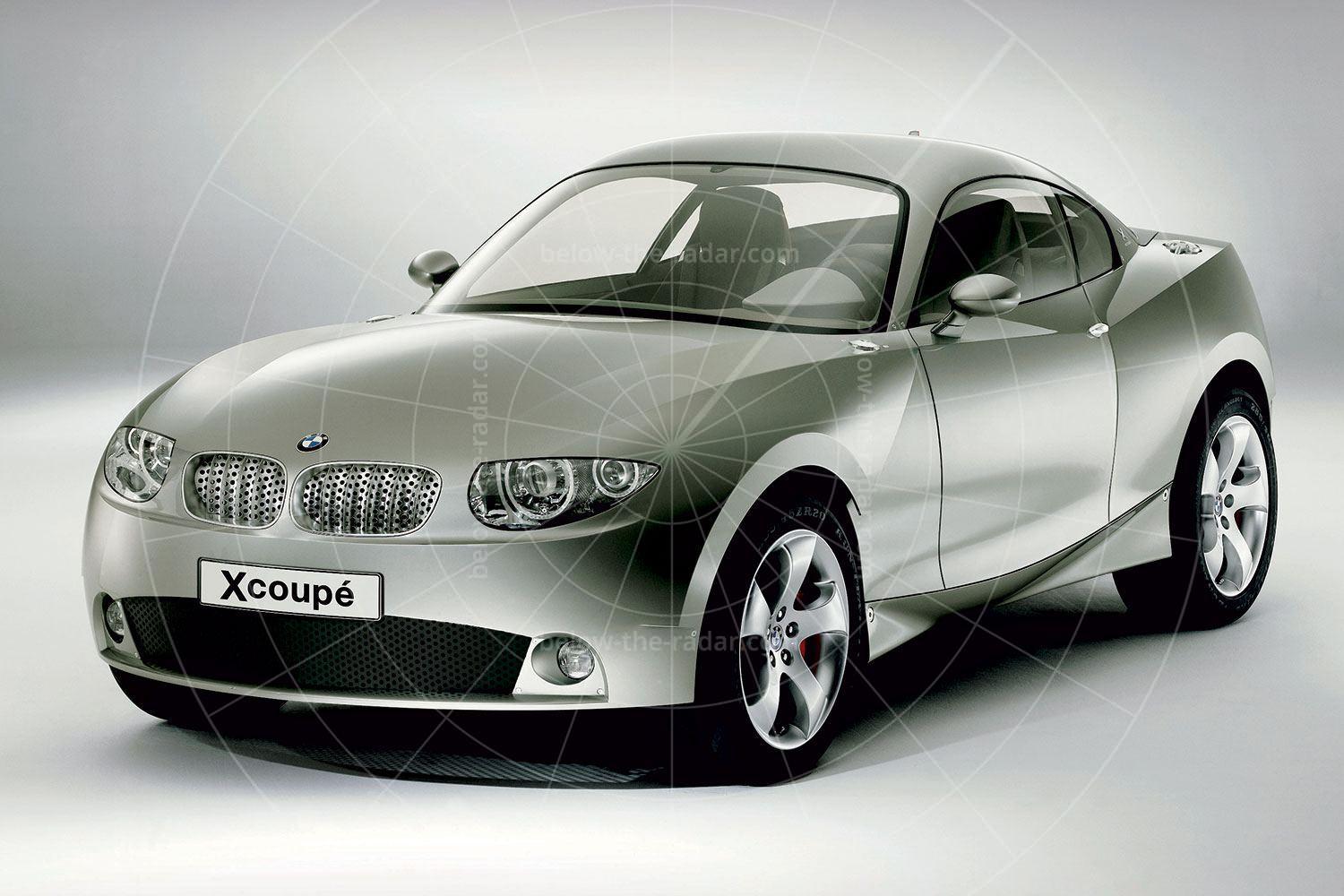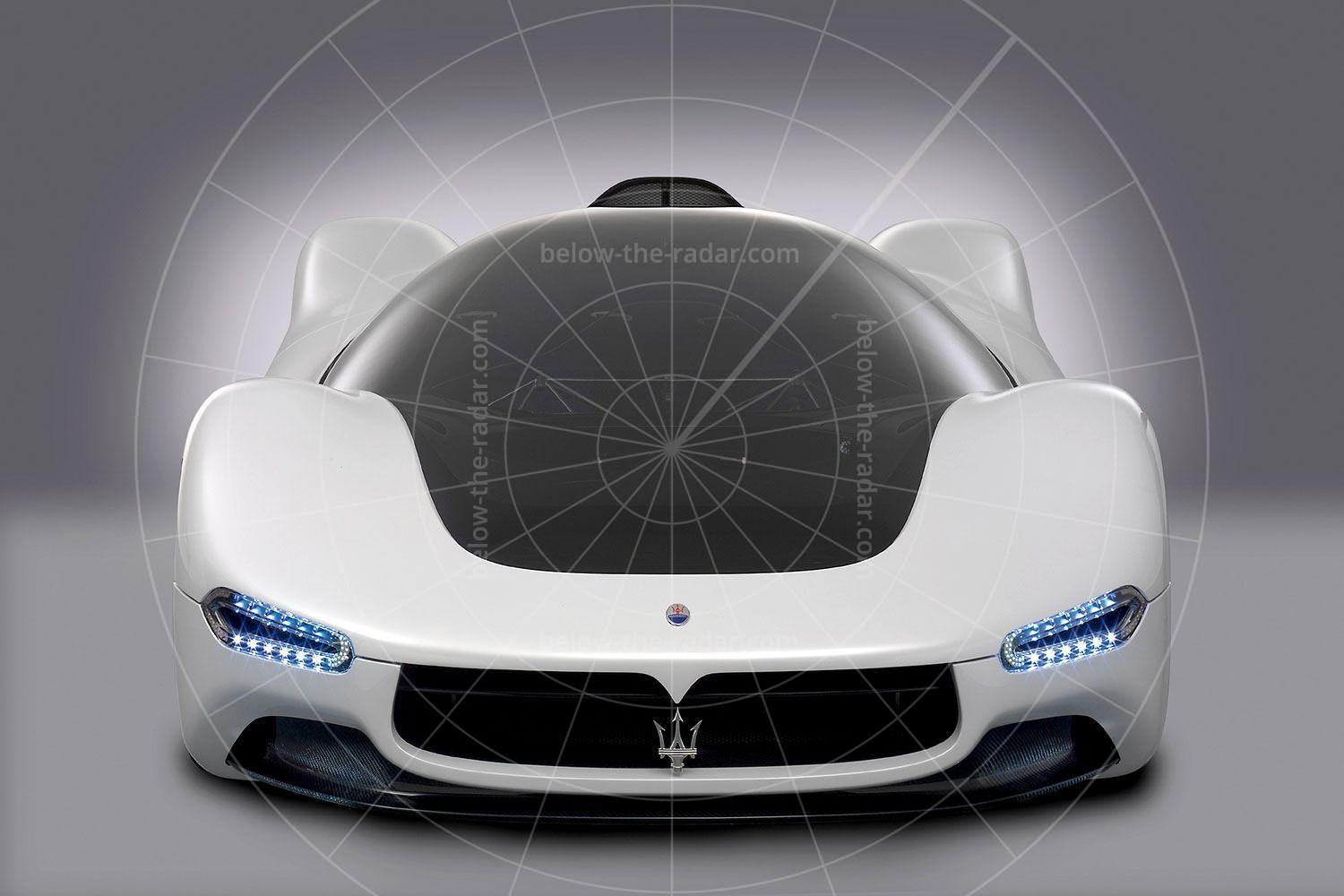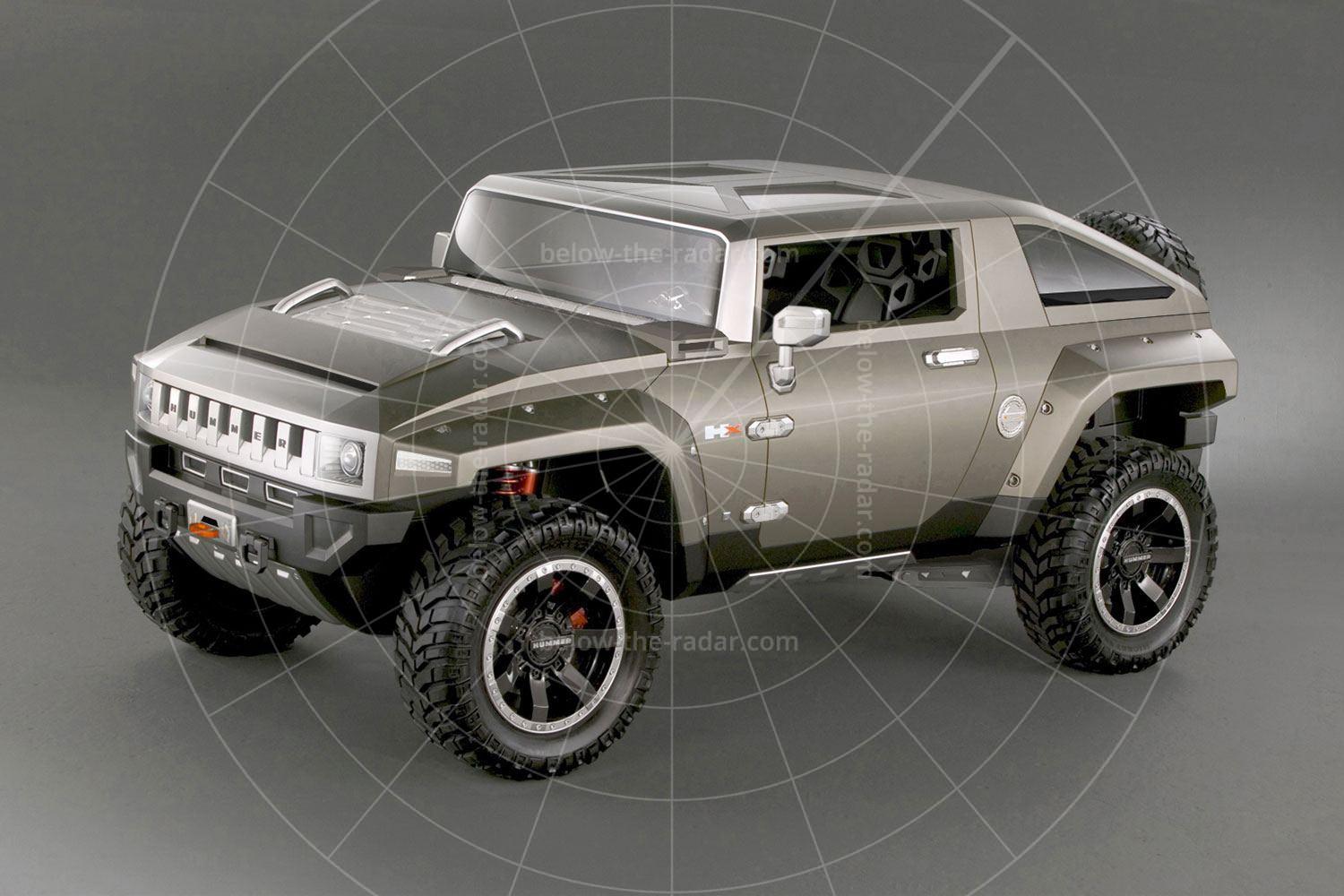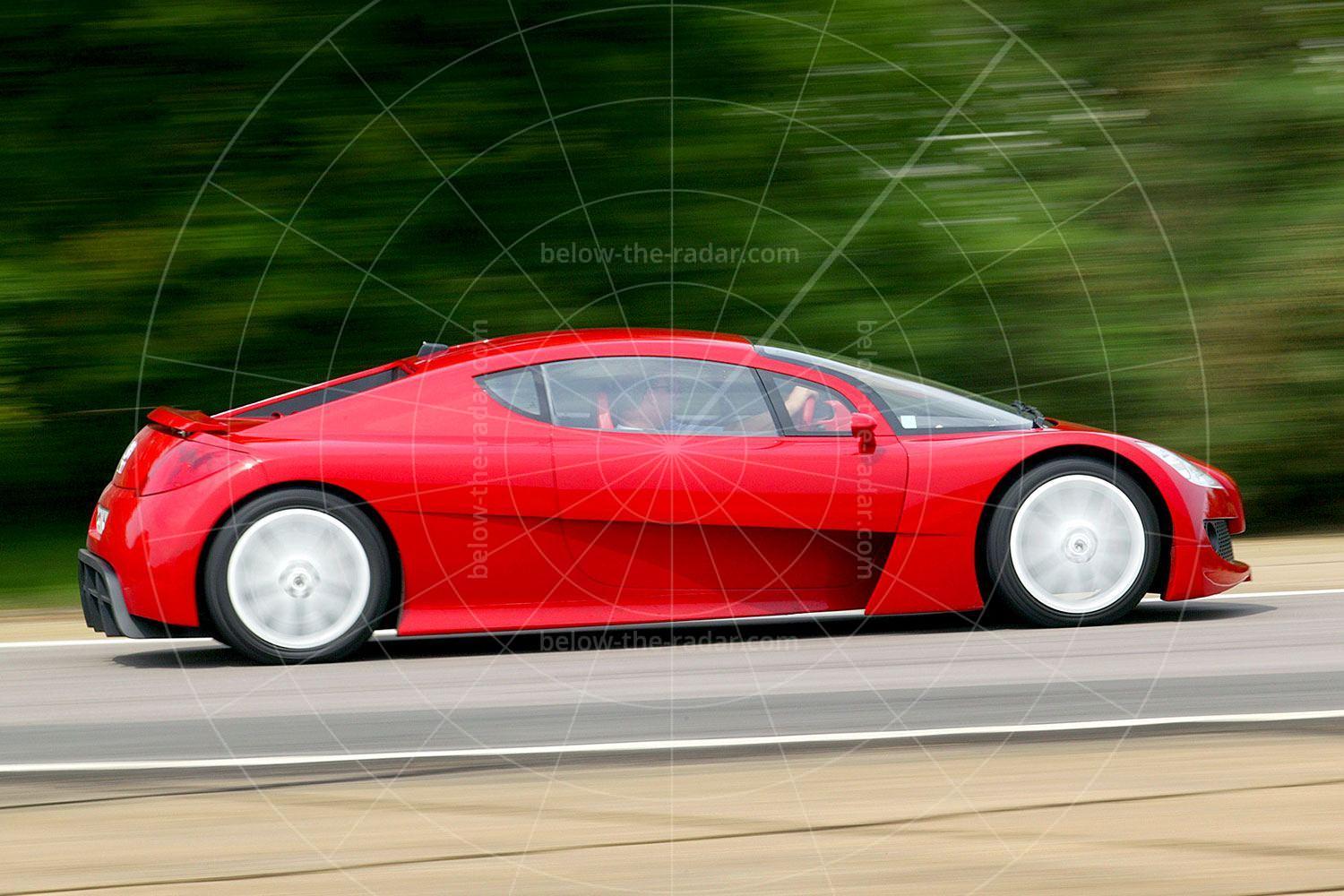Based near Bristol, British company Glenfrome was best known for its Range Rover conversions, although it did work on other cars too, including the Jaguar XJ and the W126 Mercedes S-Class that was current throughout the 1980s.
First up is the Glenfrome Ashton, the company's two-door convertible that could be ordered in standard or long-wheelbase forms, the latter featuring a 10-inch stretch. Both editions got a power-operated roof as standard, while both four- and five-seat interior layouts were available.
The most extreme model in the Glenfrome catalogue was the targa-roofed Facet, which started out as the Profile in the 1970s. Designed by Dennis Adams, the Facet was visually challenging to say the least, with its angular glassfibre panels and disjointed panel fits. The earliest cars were fitted with Vauxhall Cavalier headlights, but these were soon superseded by a quartet of circular units which completely changed the Facet's appearance.
Three conversions that aren't illustrated here are the Filton, Clifton and Dyrham. The Filton was for that rare breed of oil sheikh: the one with not very deep pockets but who still needed a Range Rover that was a little bit special. The Filton was simply a Range Rover that was stretched by nine inches to provide extra rear-seat leg room. For those who wanted even more rear seat space there was the Clifton, which was extended by 24 inches and these cars were invariably supplied with a TV, fridge, TV and video along with other amenities such as air conditioning.
Then there was the Dyrham, which was a notchback version of the Clifton. This meant it was stretched by 24 inches over a regular Range Rover Classic, but it featured the same rear end as the Ashton, but unlike that car the Dyrham had a fixed roof. Whereas the regular Range Rover Classic had a 100-inch wheelbase, the Dyrham came with 124 inches between the front and rear axles – although there was a 133-inch version too, featuring the same wheelbase as the Westbury, which is just coming up…
The Clifton was hardly lacking interior space with its 124-inch wheelbase, but for those who were 11 feet tall or who liked to wear stilts while travelling in the back, Glenfrome had just the solution: the Westbury, with its 133-inch wheelbase. The longest and most luxurious of the four-door conversions, forward-facing occasional seats could be fitted immediately behind the front seats and naturally there was acres of space for a TV, fridge, video and in the case of one client, a shower (!).
All of the fixed-roof cars mentioned so far, came with just four doors and two rows of seats, but anybody wanting a people carrier that was extra special could be sold something suitable by Glenfrome. The obvious choice was the Portway, which was a six-door Range Rover with three rows of seats and a 136-inch wheelbase. Capable of seating up to 12 people if the additional seating was fitted in the boot, the Portway came with a full-length cloth sunroof, air-con and a wheelbase stretched by a full three feet over the donor car.
A few other conversions not shown include the Falcon and the Hawk. Both were military-style hunting vehicles which could be used as patrol cars and whereas the Falcon was fully open, the Hawk featured a fixed cab over the two front seats to leave those sitting in the sideways-facing rear seats open to the elements. The most impressive of all the Glenfrome models though was the Six, which was a six-wheeler that came in whatever configuration the buyer wanted: pick-up, standard roof or raised roof. Buyers could choose between four- or six-wheel drive.
Whichever conversion was ordered, it was completely tailored to the buyer's wishes which meant any piece of equipment could be fitted, along with any interior trim or exterior paint colour. Glenfrome seems to have kept the major mechanicals standard however, which meant 3.5-litre Rover V8s were the order of the day. In the regular Range Rover this provided relaxed cruising abilities and decent acceleration, but in some of the leviathans that Glenfrome created, it's hard to see how the poor V8 could have coped, especially in the desert heat in which they had to perform.

